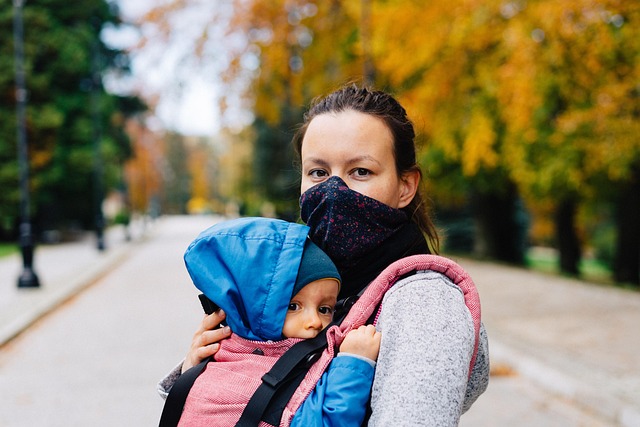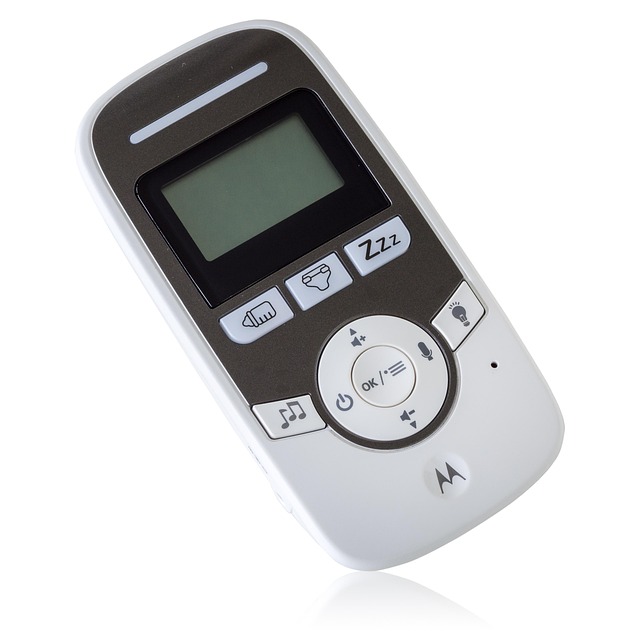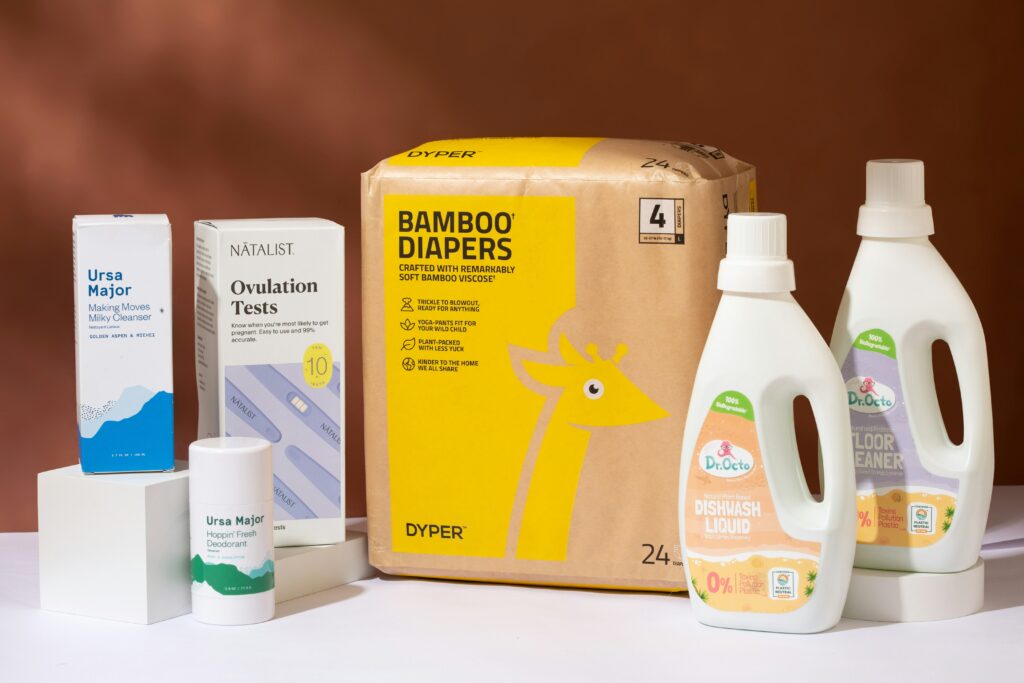Why Choosing the Right Baby Carrier Matters
A good baby carrier isn’t about frills—it’s about function. At its core, it should support your baby’s natural position: knees higher than bottom, hips spread, back rounded. That positioning supports healthy joint development and reduces the risk of hip dysplasia. The right carrier cradles the baby close, secure, and calm, making them feel safe and steady.
For the parent, fit is just as critical. A poorly designed or ill-fitting carrier strains the back, compresses the shoulders, and quickly turns a 10-minute walk into a pain marathon. A proper fit distributes the baby’s weight evenly across your hips and torso. No digging straps. No pressure points. Just hands-free comfort that won’t ruin your posture for the rest of the day.
But it’s not just about ergonomics—it’s also about time and connection. With baby close and calm, you get freedom to move, multitask, and get things done. That hands-free advantage is a lifesaver, especially in the early months when rest is rare. At the same time, babywearing builds priceless closeness. Smell, heartbeat, warmth—all the familiar things that bond parent and child more deeply, naturally.
Bottom line: the right carrier matters—for your body, your baby, your day, and your bond.
Key Factors to Consider
A baby carrier works best when it fits both the baby and the parent—not just physically, but functionally too. First, ergonomics. For the baby, that means natural hip support, proper neck positioning, and a seat that encourages the M-position. For parents, it means weight distributed evenly across the shoulders, back, and hips. No digging straps, no sudden aches after 15 minutes.
Adjustability is key. A good carrier adapts to different body types. Whether you’re tall, petite, broad, or narrow, fit shouldn’t feel like a compromise. Look for carriers with adjustable waistbands, shoulder straps, and back panels. Multi-user households will benefit most from easy swap-and-go adjustments.
Material matters more than you think. You want fabric that breathes when it’s hot, keeps baby cozy when it’s not, and doesn’t lose integrity after a few washes. Bonus if it’s machine-washable because—you already know—spills and blowouts happen.
Then there’s safety. Most leading carriers meet standard safety certifications. But also ask: how does it hold up over months of use? Buckles that stay locked, fabrics that don’t fray, stitching that doesn’t quit—that’s real-world reliability.
Style vs. function? Honestly, function wins in the long haul. Sure, a good print feels nice, but when you’re sleep-deprived, rushing out the door, or hauling groceries with one arm and your baby in the other, you’ll care a lot more about how fast and easy that carrier clips on and stays put.
In short: a solid baby carrier doesn’t just wear well—it works hard with you.
LILLEbaby
LILLEbaby is built for parents who want options. With six carrying positions—including front, back, and hip—this brand is designed to grow with your baby and adapt to different needs. The wide, supportive lumbar belt spreads weight evenly across your lower back, saving you from the inevitable strain of long wears. Many models also come in breathable mesh, which makes a big difference in warm months.
The flip side? All that versatility takes a little learning. Adjustments can be fiddly at first, and some users find it bulkier than sleeker alternatives. But once you’re dialed in, it’s a reliable go-to for everything from neighborhood walks to travel days.
Best suited for parents who need flexibility in how, where, and how often they carry—LILLEbaby is a workhorse wrapped in soft fabric. Not the lightest, but definitely one of the most functional.
Which Baby Carrier Is Right for You?
Start with your lifestyle. If you’re constantly on the go, commuting, or taking long walks, you’ll want a carrier with serious back support, breathable fabric, and multiple carry positions. If you’re mostly doing quick errands or short walks, something more minimal and easy to strap on might do the trick.
Next, comfort is everything. This isn’t just about your baby—it’s about you too. Test-drive the carrier if you can. Look for even weight distribution, padded straps, and a snug, safe fit. Your baby should be secure and content, and you shouldn’t feel like your spine is negotiating with your shoulders.
Finally, ignore the hype. Cute prints and trendy names don’t help you at 2 AM when your baby won’t sleep and your back feels broken. Support and usability beat style every time. Stick to what works for your daily grind and your baby’s needs—not what looks best on social media.
Final Thoughts
Here’s the truth: there’s no one perfect baby carrier—just the one that fits you and your baby best. Bodies differ. Parenting styles differ. What feels like a dream to one person might be a shoulder ache to another. So don’t buy blind. Try carriers out when you can, ideally with your baby strapped in.
Pay attention to two things people often overlook: back support and fabric breathability. That cute wrap won’t matter much if it cooks you both in summer or wrecks your lower back after 20 minutes. Look for options built to support long carries and movement, not just short walks through the mall.
Good carriers are more than newborn props. The best ones will grow with your child and flex around your routines. Getting it right means fewer purchases, less stress, and more time face-to-face with the baby.
You don’t need 10 carriers—you just need one that works hard for you.
Check out more in-depth baby gear reviews at MomSmartHub


